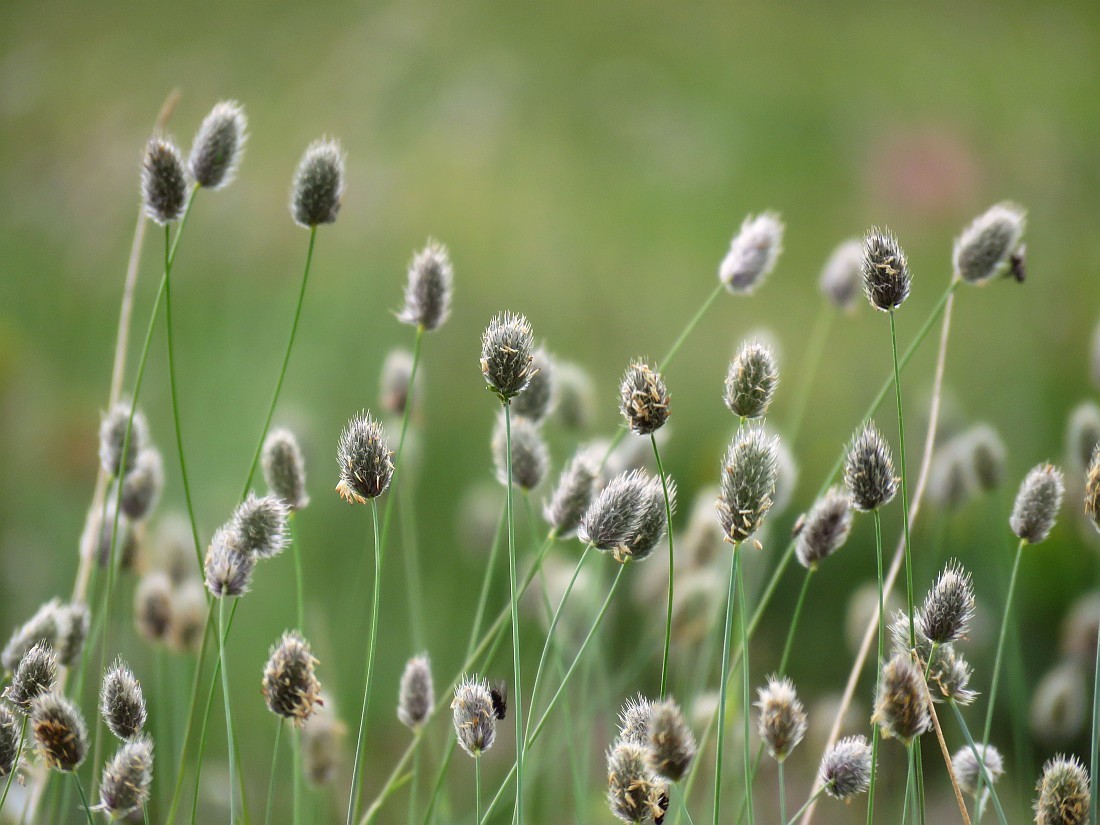Keeping your lawn free of invasive species can be a daunting task, especially when dealing with the notorious Alopecurus alpinus boreal, commonly known as alpine foxtail. This persistent grass weed, often found in boreal climates, can disrupt the growth of healthy grass and make your lawn appear unkempt. If left unmanaged, it quickly spreads and competes with desired vegetation for nutrients, water, and sunlight. The good news is that, with the right approach, you can effectively manage and eliminate this weed.
This guide will take you through the best strategies for getting rid of Alopecurus alpinus boreal from your lawn and maintaining long-term control.
Understanding Alopecurus Alpinus Boreal: What Are You Dealing With?
Before diving into the solutions, it’s crucial to understand the nature of Alopecurus alpinus boreal. This weed is a perennial grass species, native to colder, boreal regions. It thrives in moist soils and is often found in both natural and disturbed habitats, including lawns, pastures, and roadsides. The plant has characteristic spike-like seed heads that resemble foxtails, which give it its common name, and can quickly colonize areas if not controlled.
Alopecurus alpinus boreal tends to grow in dense patches, overshadowing other grasses and plants. This aggressive growth habit is what makes it so problematic in lawns, where it outcompetes turfgrass for resources.
Why Is Alopecurus Alpinus Boreal So Hard to Control?
Like many invasive species, Alopecurus alpinus boreal has a high tolerance for various environmental conditions. It can survive in both wet and dry soils, and its seeds are easily dispersed by wind and water. This adaptability, combined with its rapid growth rate, makes it difficult to eradicate once established. The weed also has deep roots, making manual removal labor-intensive and often ineffective if not done correctly.
Signs That You Have Alopecurus Alpinus Boreal in Your Lawn
Detecting Alopecurus alpinus boreal in its early stages is key to preventing widespread infestation. Look out for these signs in your lawn:
- Thick, dense patches of grass that stand out from the rest of your lawn.
- Foxtail-like seed heads appearing in mid to late summer.
- Pale green foliage compared to the rest of your turfgrass.
- Uneven growth patterns with certain areas looking overgrown while others appear sparse.
If you notice any of these indicators, it’s time to take action before the weed becomes more established.
How to Get Rid of Alopecurus Alpinus Boreal in Lawn
Chemical Herbicides: A Quick and Effective Approach
One of the most common methods for controlling Alopecurus alpinus boreal is the use of chemical herbicides. Selective herbicides are designed to target specific types of weeds without harming your lawn grass. When choosing a herbicide, look for products that are specifically labeled for grass weeds or that contain active ingredients such as glyphosate or quinclorac, which are known to be effective against Alopecurus alpinus boreal.
Here’s how to use herbicides effectively:
- Timing is everything: Apply herbicide during the active growing season of the weed, usually in spring or early summer, when the plant is most vulnerable.
- Follow label instructions: Always follow the manufacturer’s instructions regarding dosage, application method, and safety precautions.
- Reapply if necessary: Depending on the level of infestation, you may need to reapply the herbicide after a few weeks to ensure full eradication.
- Spot treatment: Focus on heavily infested areas rather than treating the entire lawn to avoid unnecessary chemical exposure to your grass.
Manual Removal: Best for Small Infestations
For smaller infestations, manual removal can be an effective strategy. However, it’s essential to ensure that you remove the entire plant, including the root system, to prevent regrowth.
Here are the steps for manual removal:
- Water the soil: Loosening the soil makes it easier to pull the weed out without breaking the roots.
- Use a garden fork or weeding tool: Gently loosen the soil around the base of the weed and pull it out by hand, ensuring you get the entire root.
- Dispose of the plant properly: Bag the removed plants and dispose of them to prevent the spread of seeds.
Manual removal can be labor-intensive but is a chemical-free option for small patches of weeds.
Improve Lawn Health to Prevent Regrowth
The healthier your lawn, the less likely it is that weeds like Alopecurus alpinus boreal will establish themselves. A robust, well-maintained lawn can naturally suppress weed growth by outcompeting undesirable plants for resources.
Follow these steps to improve the health of your lawn:
- Mow regularly but not too short: Keep your grass at an optimal height (usually around 3 inches) to encourage deep root growth and shade out weeds.
- Water deeply and infrequently: Deep watering encourages the growth of deeper roots, which helps your lawn resist drought and reduces the opportunity for weeds to take hold.
- Fertilize properly: Use a slow-release fertilizer to give your lawn the nutrients it needs throughout the growing season.
- Aerate the soil: Lawn aeration improves soil drainage and root growth, helping your grass stay healthy and reducing the risk of weed invasion.
Long-Term Control: Preventing Alopecurus Alpinus Boreal from Returning
Once you’ve eliminated Alopecurus alpinus boreal from your lawn, preventing its return is crucial. Regular lawn maintenance, combined with a few additional preventive measures, can help keep this pesky weed at bay.
- Mulching: Applying a layer of organic mulch around the edges of your lawn can help suppress weed growth by blocking sunlight and reducing the spread of seeds.
- Use pre-emergent herbicides: These prevent weed seeds from germinating, helping to stop new infestations before they start.
- Overseeding: By regularly overseeding your lawn with a robust turfgrass variety, you can create a dense mat of grass that makes it difficult for weeds to establish themselves.
Natural and Organic Weed Control Methods
If you prefer to avoid chemical herbicides, there are several organic and natural methods that can help control Alopecurus alpinus boreal. These methods may take longer to show results but are often more environmentally friendly.
- Vinegar solution: A homemade solution of vinegar, salt, and dish soap can act as a natural herbicide. Spray directly on the weed to dry it out, but be cautious as this can also harm your grass if applied in excess.
- Boiling water: Pouring boiling water over small patches of weeds can kill them without the use of chemicals, though this method is best for spot treatments.
- Corn gluten meal: This natural product acts as a pre-emergent herbicide, preventing weed seeds from germinating while also providing a nitrogen boost to your lawn.
Is Alopecurus Alpinus Boreal Dangerous to Lawns?
Although Alopecurus alpinus boreal isn’t dangerous in the sense of being toxic, its aggressive growth can significantly impact the health and appearance of your lawn. By outcompeting your grass for essential nutrients, this weed can cause thinning, bare patches, and an overall decline in lawn quality. If left unchecked, it can create large, unsightly patches that are difficult to recover from.
FAQs
1. What is the best time to treat Alopecurus alpinus boreal?
Ans – The best time to treat Alopecurus alpinus boreal is during its active growing season, typically in the spring or early summer, when the plant is most vulnerable to treatments.
2. Can manual removal get rid of Alopecurus alpinus boreal completely?
Ans – Yes, manual removal can work, but it’s essential to remove the entire root system to prevent regrowth. This method is best for smaller infestations.
3. Are organic treatments effective against Alopecurus alpinus boreal?
Ans – Organic treatments like vinegar solutions or boiling water can be effective for small patches, but they require persistence and may take longer to work compared to chemical herbicides.
4. How often should I mow my lawn to prevent weeds?
Ans – Mowing regularly, but not too short, can help prevent weeds. Aim to keep your grass around 3 inches tall, which helps shade out potential weed growth.
5. What pre-emergent herbicide works best for Alopecurus alpinus boreal?
Ans – Pre-emergent herbicides containing ingredients like pendimethalin can be effective in preventing Alopecurus alpinus boreal from germinating in the first place.
6. Will improving soil health prevent Alopecurus alpinus boreal from coming back?
Ans – Yes, maintaining healthy soil through aeration, fertilization, and proper watering will make it more difficult for weeds to reestablish themselves.
Conclusion
Getting rid of Alopecurus alpinus boreal requires persistence, a combination of methods, and preventive maintenance. Whether you opt for chemical herbicides, manual removal, or organic solutions, the key is to stay vigilant and take action as soon as you notice the weed in your lawn.
Regular lawn care practices, such as mowing, aeration, and fertilization, will not only help control current infestations but also prevent future ones from taking hold. With dedication and the right strategies, you can reclaim your lawn and enjoy a beautiful, weed-free outdoor space.



